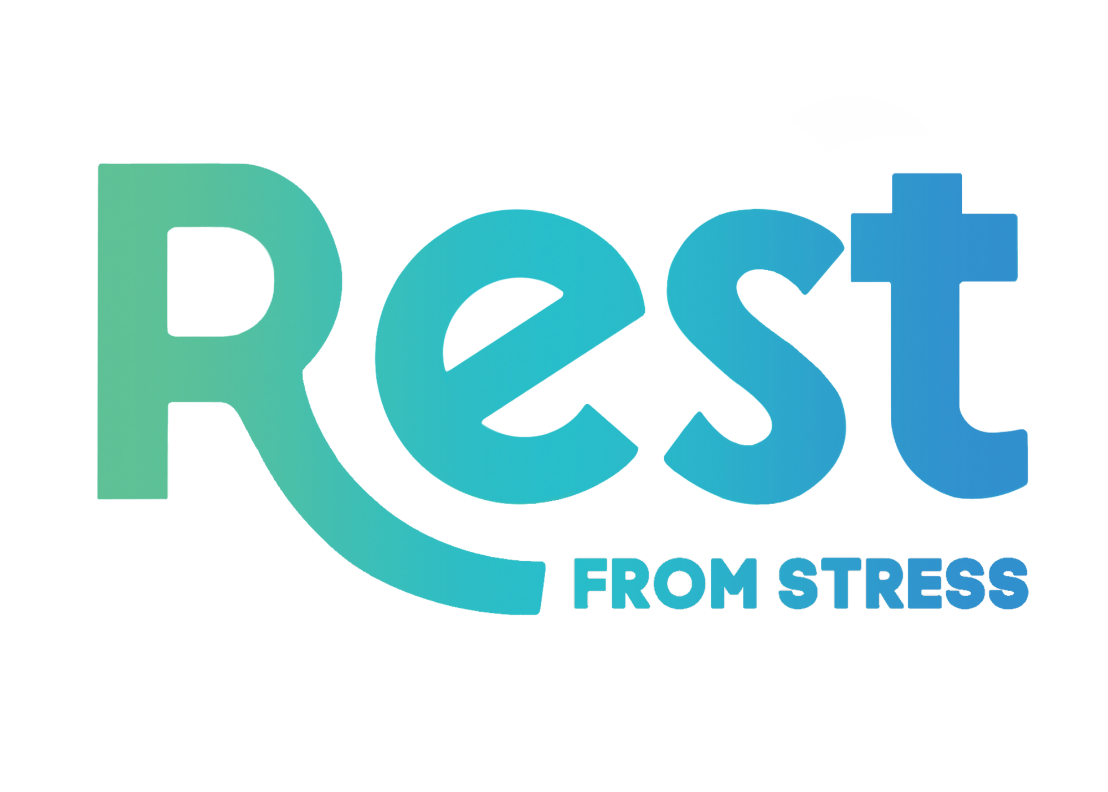Everyone feels anxiety sometimes. Trouble sleeping, uncontrolled worrying, gastrointestinal problems, rapid heartbeat and breathing, sweating, restlessness, tension, and panic can be all too common for so many. According to the National Alliance on Mental Illness (NAMI), anxiety disorders are the most common mental health concern in the United States, with over 40 million adults (19.1%) and 7% of children (ages 3-17) having an anxiety disorder. You are more likely to experience anxiety if it runs in your family or if you suffered a trauma or have ongoing, chronic, stress.
The symptoms of anxiety usually disappear after a situation passes. For example, anxiety over delivering a presentation decreases as soon as the waiting is over and the presentation begins; it disappears once the presentation is finished. When anxiety does persist, the physical and emotional changes it causes lead to problems like heart disease, full-fledged panic disorders, phobias, social isolation, and substance abuse.
Recognizing Anxiety
Identifying your anxiety may seem straightforward, given the unmistakable symptoms it often presents. However, many individuals tend to downplay these symptoms, attributing them to mere “nervousness,” concealing them out of fear of societal stigma, or even misinterpreting them as physical health issues. Surprisingly, a mere fraction of the population actually recognizes their own anxiety. Recent research suggests that less than 5% of people can correctly identify conditions like panic disorders, generalized anxiety, and separation anxiety within themselves 1.
While it’s important never to assume the role of a diagnostician for others, it’s equally crucial to remain open to the possibility of anxiety when observing signs in a tribe member. Indicators such as diminished concentration, constant restlessness or excessive worrying, withdrawal from social interactions, heightened stress in specific situations, or noticeable changes in behavior should raise awareness. These signs may manifest in a decline in the member’s work quality, increased absenteeism, and a propensity for disruptive behavior or avoidance of opportunities that trigger their anxiety.
Responding to Anxiety
Whether in yourself or others, anxiety is real. When speaking with someone who is suffering anxiety, never downplay or dismiss the symptoms. Instead, focus on healthy habits: exercise and meditation are both proven to calm anxiety, and simply going for a short walk away from the anxiety-producing situation may be sufficient.
If you find that your anxiety persists or feels insurmountable, it’s advisable to seek professional medical assistance. Alarmingly, among the 40 million US residents, a substantial number of anxiety cases go unnoticed or are inaccurately diagnosed as physical conditions like ulcers, often enduring for five to ten years without proper recognition. Astonishingly, only a third of individuals grappling with anxiety receive the treatment they require.
However, a noteworthy Harvard study revealed a promising outcome: consistent telephone support provided by a therapist proved effective in reducing anxiety and enhancing productivity among 300 workers who had been diagnosed with anxiety2. This support yielded positive results and led to substantial cost savings compared to a control group that did not receive such assistance, experiencing lower productivity and higher turnover rates.
Sometimes the situations that prompt anxiety may be in desperate need of change. One of the steps to take is to recognize the specific situation causing anxiety. For example, it isn’t “your job” that is causing anxiety as that’s far too broad and general. Getting down to the smallest detail of your tasks, environment, collaborations, etc., is essential in addressing what is really triggering your anxiety and changing what is necessary
Take a moment to reflect:
Is there a possibility to alter the circumstances to enhance the mental, emotional, and physical well-being of the anxious individual? For instance, could alternative transportation such as rail or car be considered if an employee is anxious to fly for meetings? If physical presence isn’t really that important, video conferencing could be a great solution.
If altering isn’t an option, consider avoiding situations altogether. If flying is a must in a position, it could be time to change positions.
Conclusion
By openly expressing your own experiences and concern for others, you provide valuable support to your tribe and contribute to combatting the social stigma associated with stress and anxiety. Embracing the offer of assistance or extending it to others paves the way for a brighter future for everyone.
References
- Sabahat Takieddine, N. (2017). How Can I Tell If I Have Anxiety, and What Do I Do About It? Good Therapy.org. Sept. 14.
- Collier, S. (2022) Is a mobile app as good as a therapist? Harvard Health Publishing. Feb 7.



